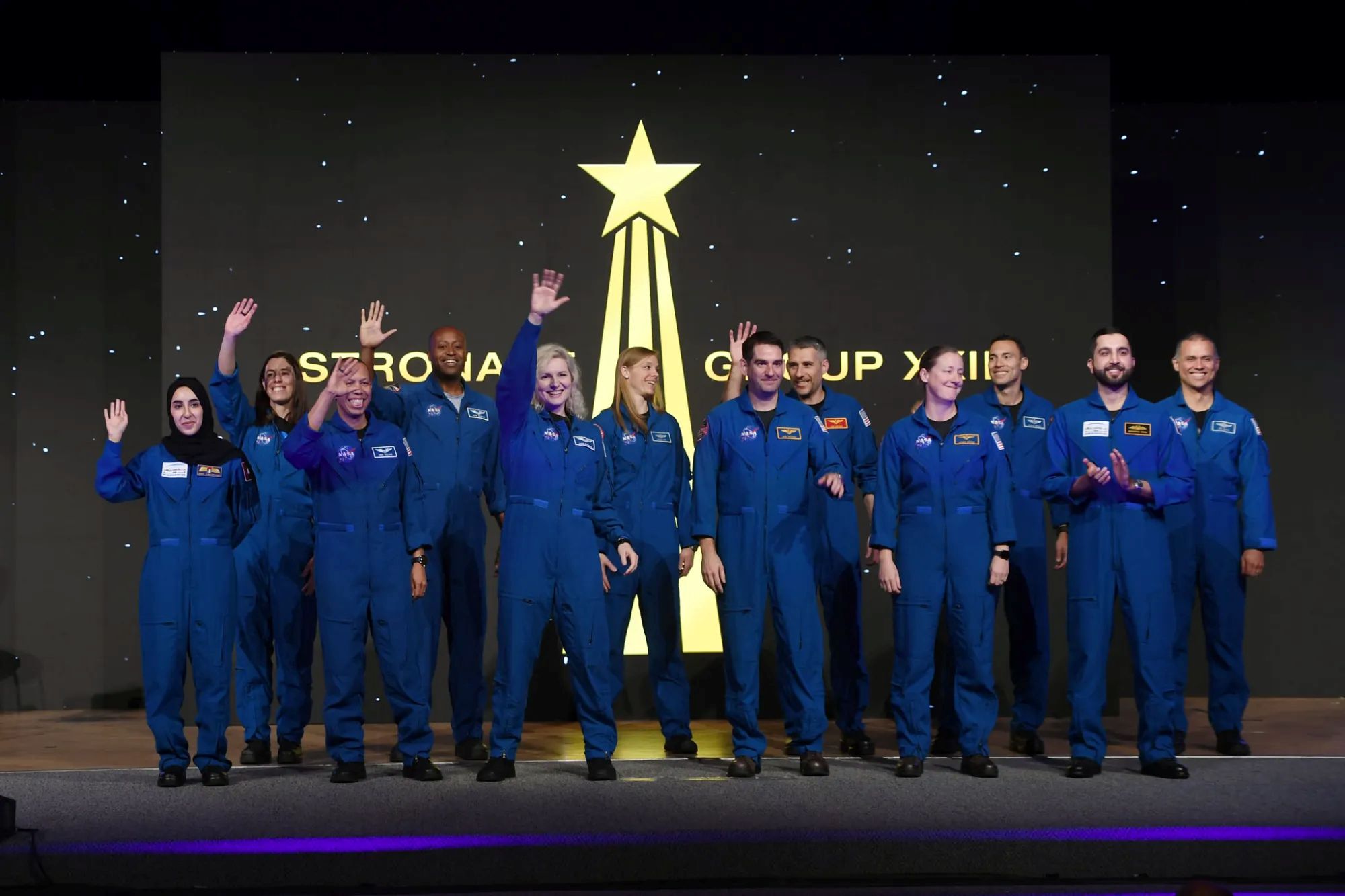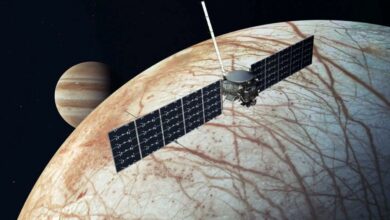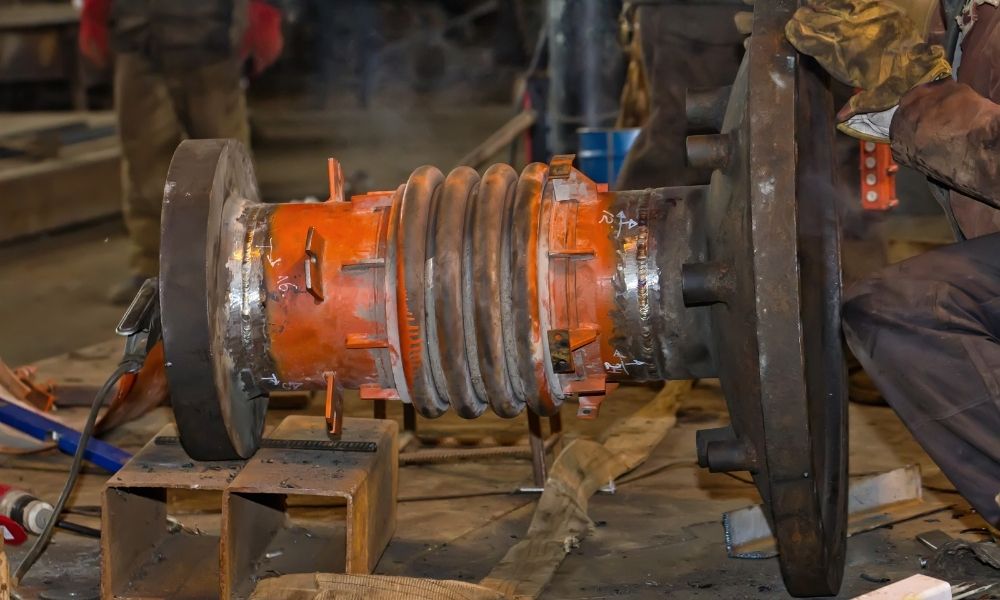NASA, FAA Partnership Bolsters American Commercial Space Activities

NASA and the Federal Aviation Administration (FAA) signed a new memorandum of understanding (MOU) reaffirming the agencies’ longstanding relationship to foster robust American commercial space transportation capabilities, including commercial crew and cargo activities.
The NASA-FAA MOU follows the success of NASA’s SpaceX Crew-1 launch – the first crewed mission from American soil to be licensed by the FAA.

The new agreement will support the transportation of government and non-government passengers, cargo, and other payloads for orbital and suborbital space missions in a safe and cost-effective manner, as well as streamline spaceflight standards and requirements.
“NASA is now flying commercial cargo and crew missions to the International Space Station, and soon we will send more people and science to space on new suborbital flights,” said NASA Administrator Jim Bridenstine. “Our partnership with the FAA will support the growth of American commercial aerospace capabilities that will benefit NASA, the nation, and the entire world.”
Under the MOU, NASA and the FAA will focus on building a clear framework for private industry to follow for commercial launch and re-entry, as well as coordinating an approach for sharing safety data with the public to enhance understanding of the known risks of commercial space travel. NASA also will collaborate with the FAA on the licensing of orbital and suborbital flights, facilitating new space technologies and research opportunities, and advancing point-to-point commercial suborbital pilot programs. The FAA is responsible for the regulations governing commercial space launch and re-entry licensing.
“The partnership between the FAA and NASA is vital to continue the growth, innovation and safety of commercial space operations, and maintain the pre-eminence of U.S. leadership in the aerospace sector,” said FAA Administrator Steve Dickson.
Continuing this partnership is critical to achieving the goals and objectives of multiple U.S. space policies, including the 2020 National Space Policy and Space Policy Directives 1, 2, and 3. The MOU also builds upon existing collaborations, including between the FAA and NASA’s Flight Opportunities program, which helped develop a framework for flying researchers from industry and academia on commercial suborbital flights, allowing them to propose to fly with their NASA-sponsored payloads for the first time.
NASA also is collaborating with the FAA on commercial suborbital spaceflight activities through the Commercial Crew Program’s Suborbital Crew (SubC) efforts to extend suborbital space transportation capabilities for NASA astronauts and other NASA personnel.





